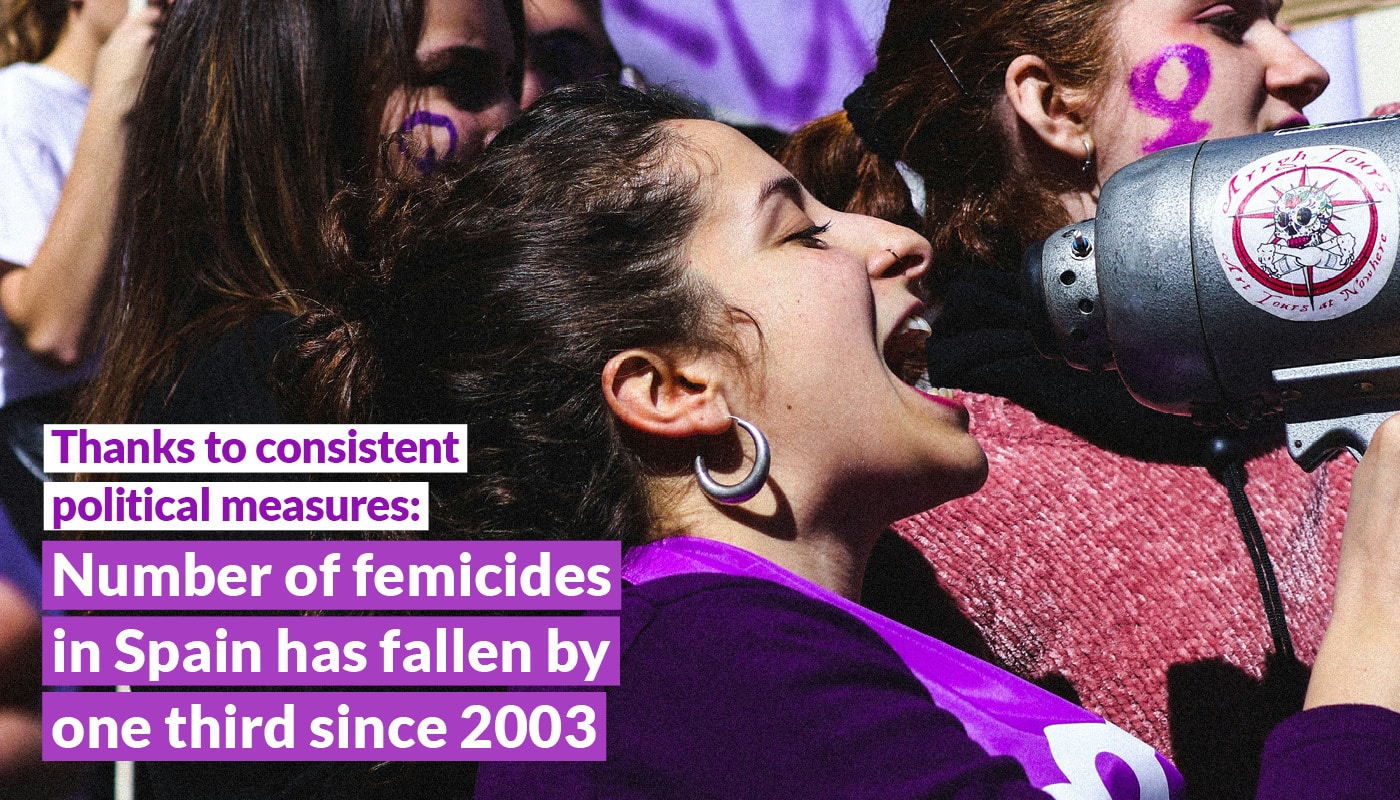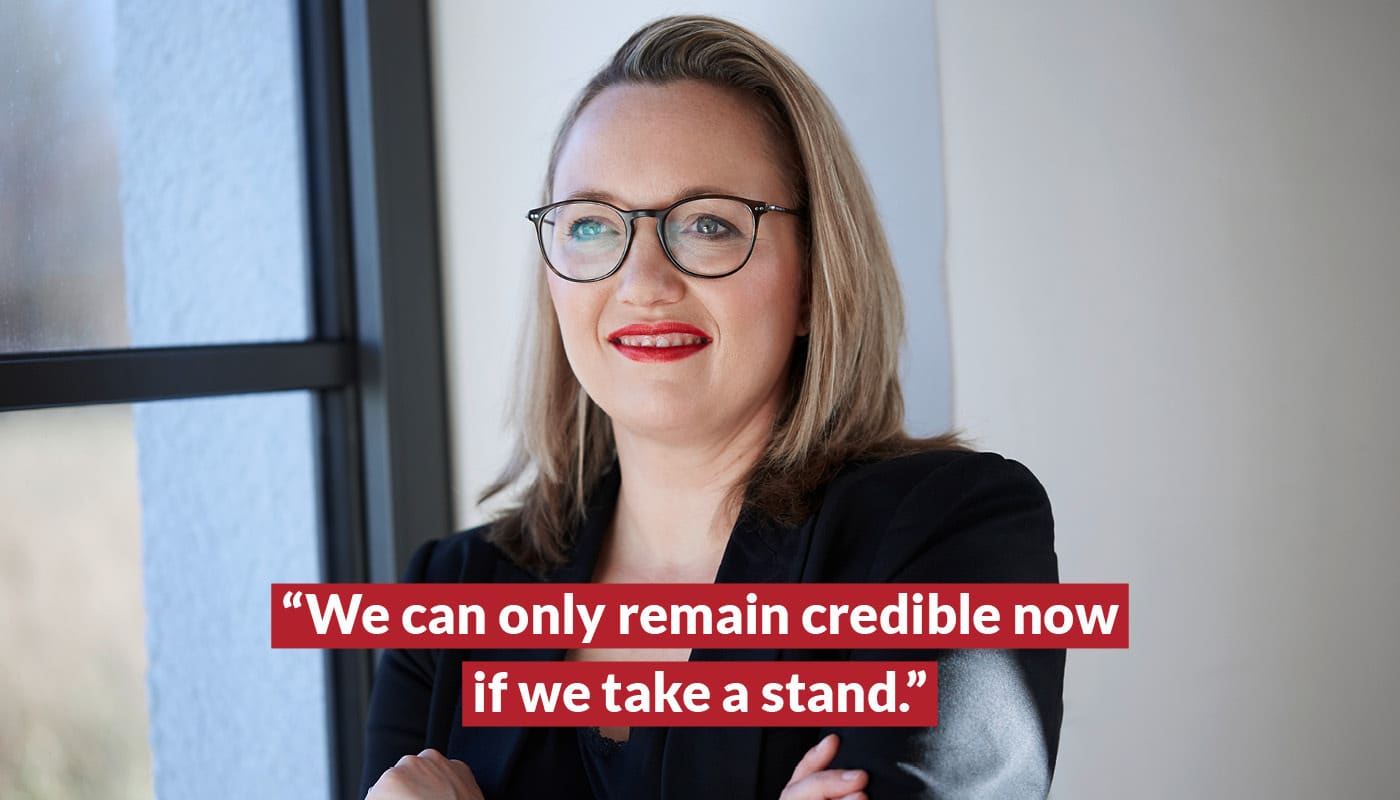„Companies spend millions on antibias training each year in hopes of creating more-inclusive—and thereby innovative and effective—workforces. Studies show that well-managed diverse groups perform better and are more committed, have higher collective intelligence, and excel at making decisions and solving problems. But research also shows that bias-prevention programs rarely deliver“, schreiben Joan C. Williams und Sky Mihaylo in der Harvard Business Review.
Statt auf ineffiziente Programme fokussieren die Autorinnen auf Möglichkeiten, die einzelne Führungskräfte in der Praxis haben, um Vorurteilen entgegenzuwirken und Diversität zu verwirklichen. Es beginnt für sie damit, zu verstehen, wie sich Voreingenommenheit im Arbeitsalltag auswirkt, wann und wo ihre verschiedenen Formen tagtäglich auftreten.
Das Motto: „You can’t be a great manager without becoming a ‚bias interrupter‘.“
Ihre Empfehlungen gliedern Williams und Mihaylo in drei Hauptpunkte.
„Conclusion: Organizational change is crucial, but it doesn’t happen overnight. Fortunately, you can begin with all these recommendations today.“

Ein Beitrag von Natascha Hoffner, Founder & CEO of herCAREER I WiWo-Kolumnistin I LinkedIn-TOP-Voice 2020 I W&V 2019 – 100 Köpfe
veröffentlicht bei LinkedIn 12.12.2023












